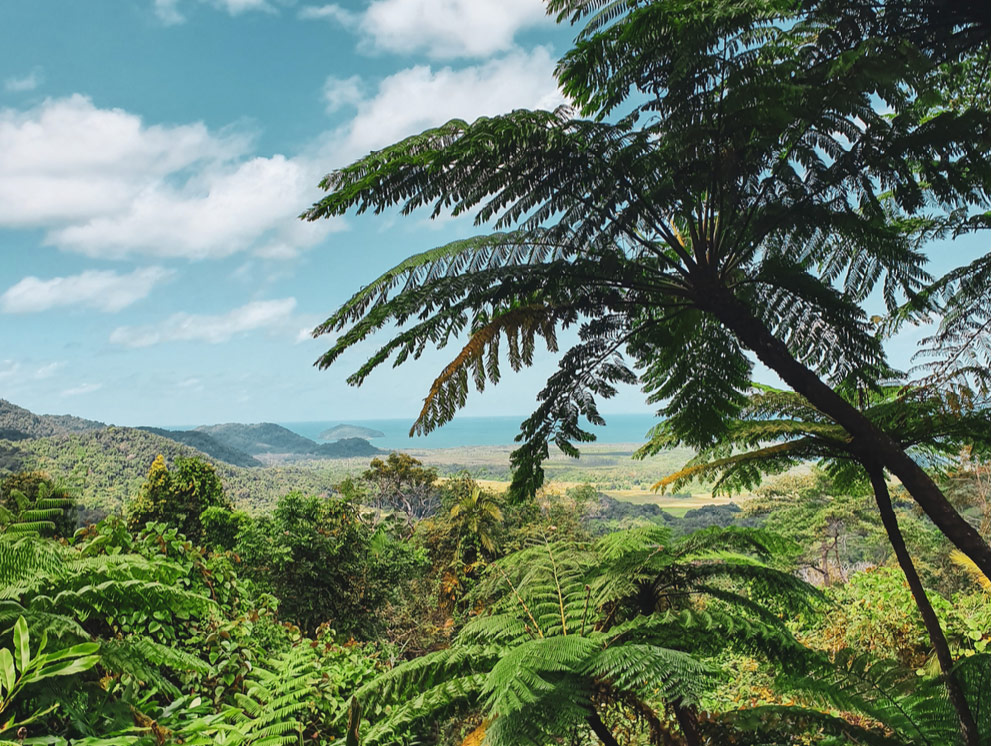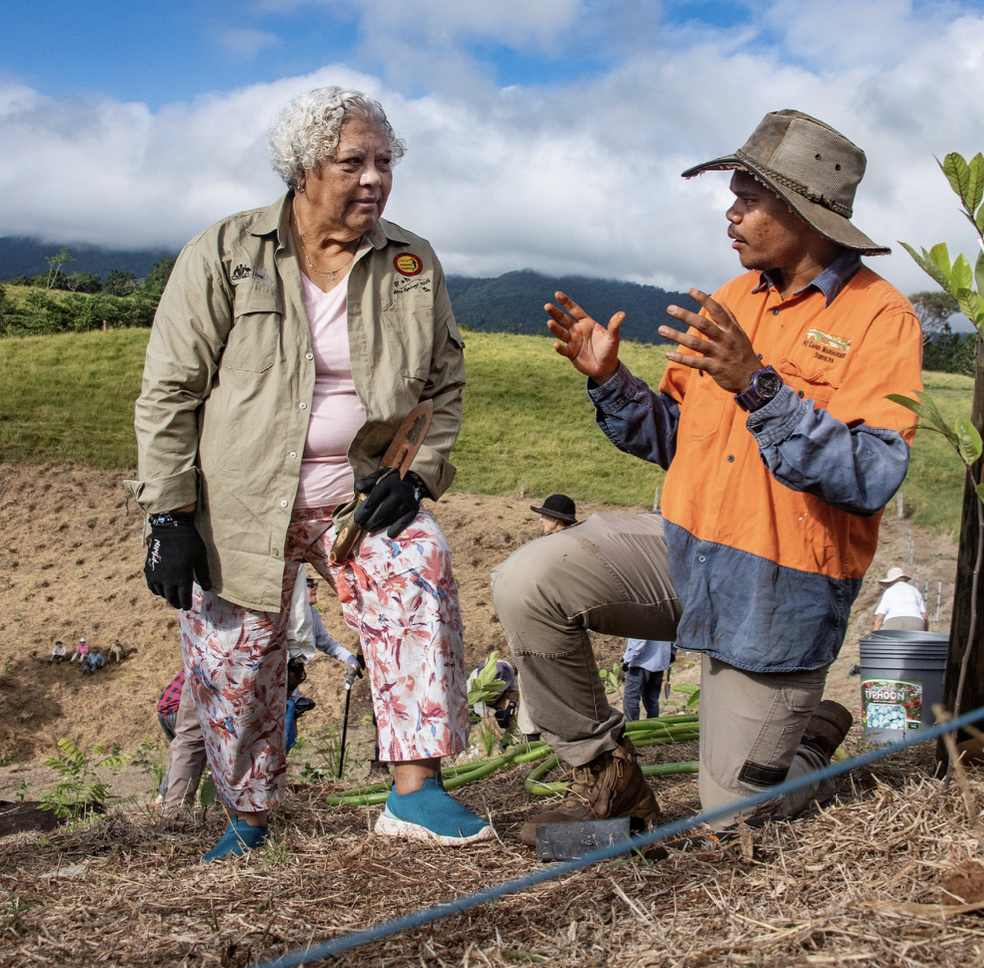
Words by Bill Wilkie
-----------------
A holiday in tropical north Queensland isn’t complete without a visit to the Daintree. The Daintree is at the northern end of the Wet Tropics World Heritage area, declared in 1988 for its outstanding ecological values and biological diversity.
We caught up with Ms Chrissy Grant, the recently appointed chair of the Wet Tropics Management Authority (WTMA).
If there is a heart of Queensland’s Wet Tropics, surely it is the Daintree. Long considered the ‘jewel in the crown’ of Queensland’s tourism sites, the Daintree is home to cassowaries and tree-kangaroos, fan palm groves and isolated palm-tree lined beaches. It was here that many of the early botanical discoveries brought the area to the attention of scientists in the 1960s: Plant species so old they were labelled ‘green dinosaurs’. And it was also in the Daintree that conservationists took a stand, staging the Daintree Blockade in 1983-4, to bring attention to threats to the region from logging and land-clearing for agriculture, sub-divisions and development.
The publicity stemming from the blockade led to World Heritage listing of Queensland’s wet tropical rainforests in 1988. The Wet Tropics cover 894,420ha of land stretching along the far north Queensland coast for about 450km from Townsville to Cooktown.
So, what is the Wet Tropics? What does the Wet Tropics Management Authority actually do? Chair Chrissy Grant explains:
“The Wet Tropics is 80 million years older than the Amazon rainforest,” Ms Grant says enthusiastically. “Imagine that! 80 million years older! It is also the home of the rainforest Aboriginal peoples who have been the traditional custodians of the Wet Tropics, living in and from the rainforest and caring for the country and its diverse habitats for thousands of years.”
“The WTMA Board’s key function is to implement programs to meet Australia’s international obligations for the World Heritage Area,” she explains.
“The Board sets a number of priorities each year including programs and projects to address climate change, partnerships with rainforest Aboriginal people, community engagement, science, tourism, Yellow Crazy Ant eradication, and day-to-day management of resources to meet our accountability as a capable organisation.”
Ms Grant grew up in Cairns, and later Brisbane, but has a deep connection to the area.
“The Wet Tropics is very important to me,” she said. “It is the home of my ancestors with my apical family headed up by Queen Maggie. My mother was born on the beach on the northern side of the Daintree River heads. Her siblings were born in different places across the landscape on Julan (Sea) Country.
“All our school holidays were spent at Daintree, Saltwater Creek or Miallo with family and having a great time with our cousins.”
Ms Grant is the first indigenous person to be chair of the Wet Tropics. But, most importantly, she brings an impressive resume to the position of chair, with almost 40 years of experience in land management issues. She spent many years in Canberra working with the Council for Aboriginal Reconciliation and as Director of Indigenous Heritage in the Australian Heritage Commission. On retiring from the public service, Ms Grant continued to be involved with panels and committees focusing on issues of Indigenous Protected Areas, Indigenous Heritage, World Heritage, Indigenous Repatriation and Research Ethics Committees.
“The Wet Tropics is very important to me, it is the home of my ancestors with my apical family headed up by Queen Maggie. My mother was born on the beach on the northern side of the Daintree River heads.”


